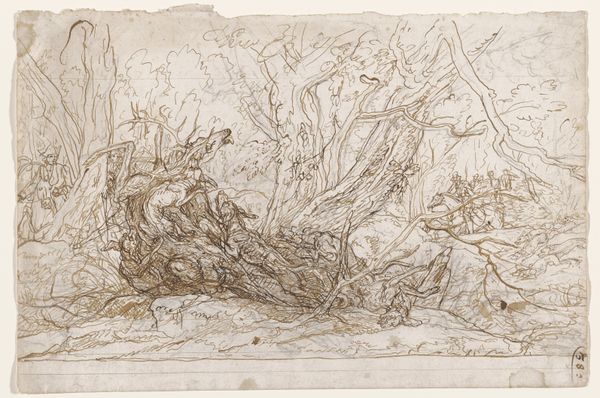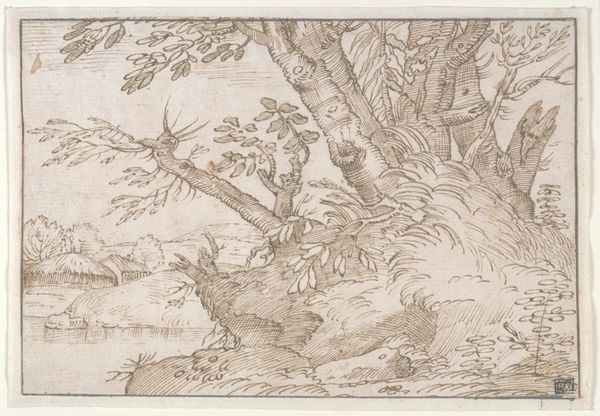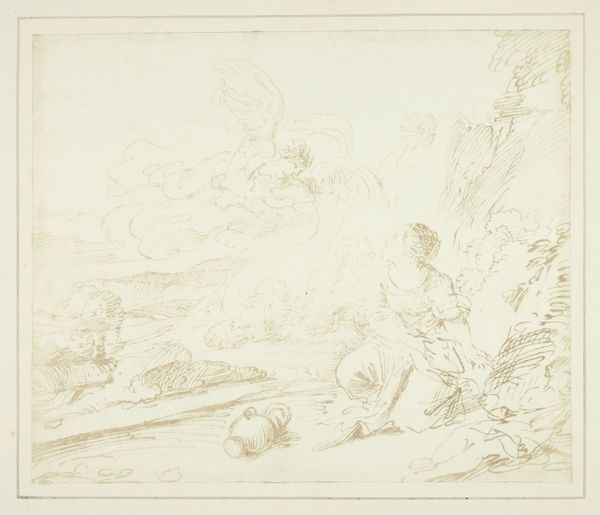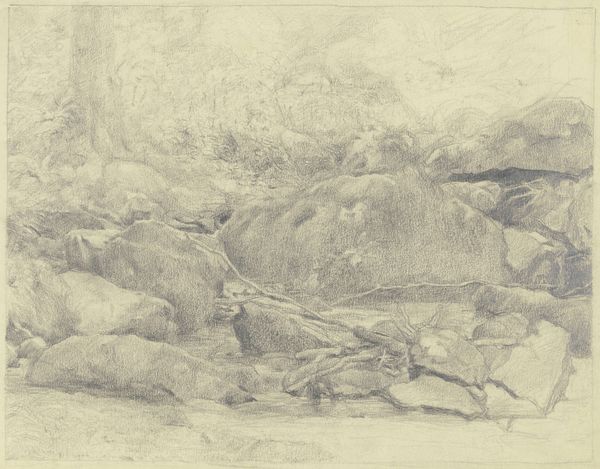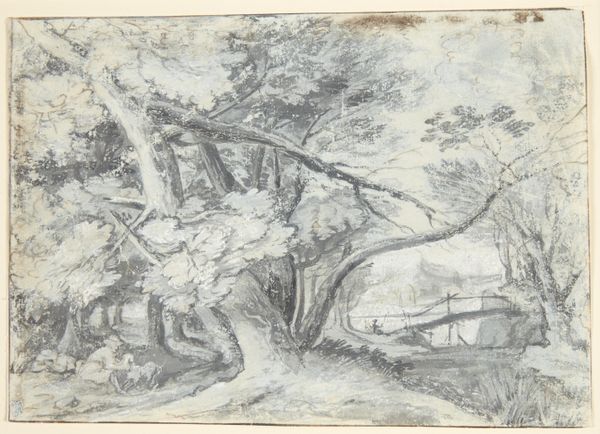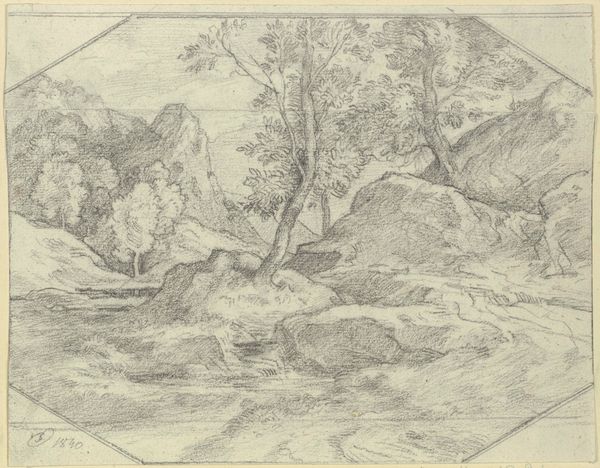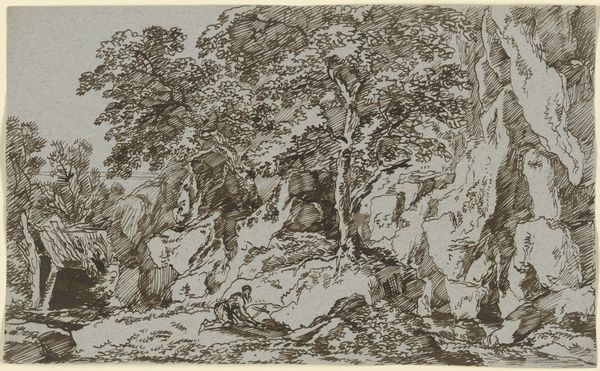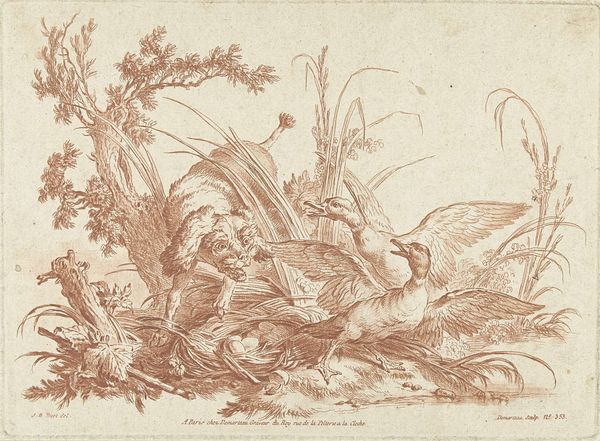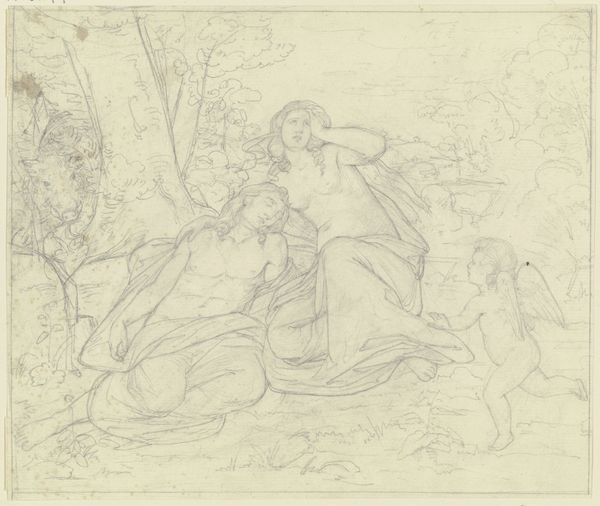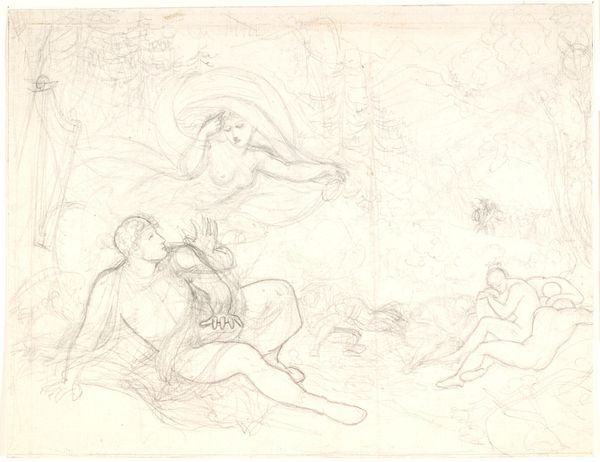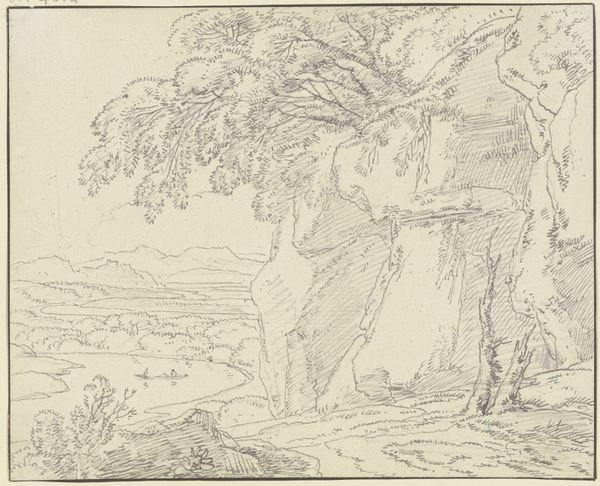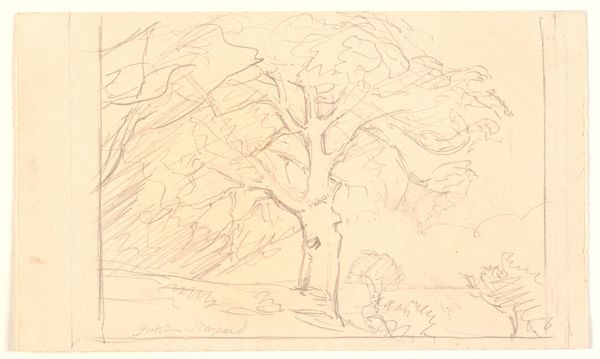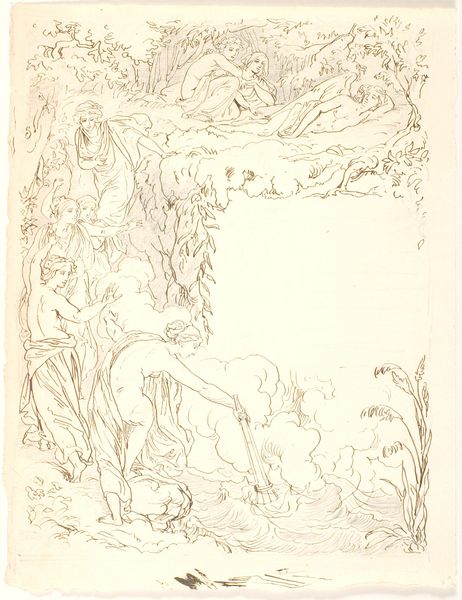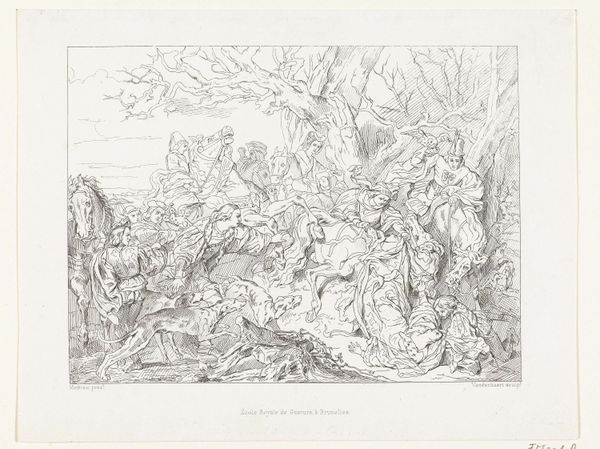
Washington Irving's Illustrations of the Legend of Sleepy Hollow, Designed and Etched by F.O.C. Darley for the Members of the American Art Union, 1850 1850
0:00
0:00
drawing, print, etching, pen
#
tree
#
drawing
#
narrative-art
# print
#
pen illustration
#
etching
#
book
#
landscape
#
romanticism
#
horse
#
men
#
pen
Dimensions: book: 12 3/4 x 15 1/4in. (32.4 x 38.7 cm) Sheet: 12 in. × 14 9/16 in. (30.5 × 37 cm)
Copyright: Public Domain
Felix Octavius Carr Darley designed and etched these illustrations of Washington Irving's "The Legend of Sleepy Hollow" in 1850 for the American Art Union. These etchings, made for distribution to the Art Union's members, demonstrate the intertwined relationship between literature, art, and national identity in 19th-century America. The Art Union itself played a crucial role, acting as a subscription-based organization that commissioned and distributed art to its members via lottery, democratizing art ownership, and fostering a sense of shared cultural heritage. Darley's images, depicting scenes from Irving’s iconic story, tapped into the romanticism and folklore that shaped America's vision of itself. The narrative illustration helped to define a distinctly American art, drawing on literary themes to represent the nation’s history and identity. Art historians consider institutional records such as Art Union membership lists to understand the social reach of art in antebellum America.
Comments
No comments
Be the first to comment and join the conversation on the ultimate creative platform.
